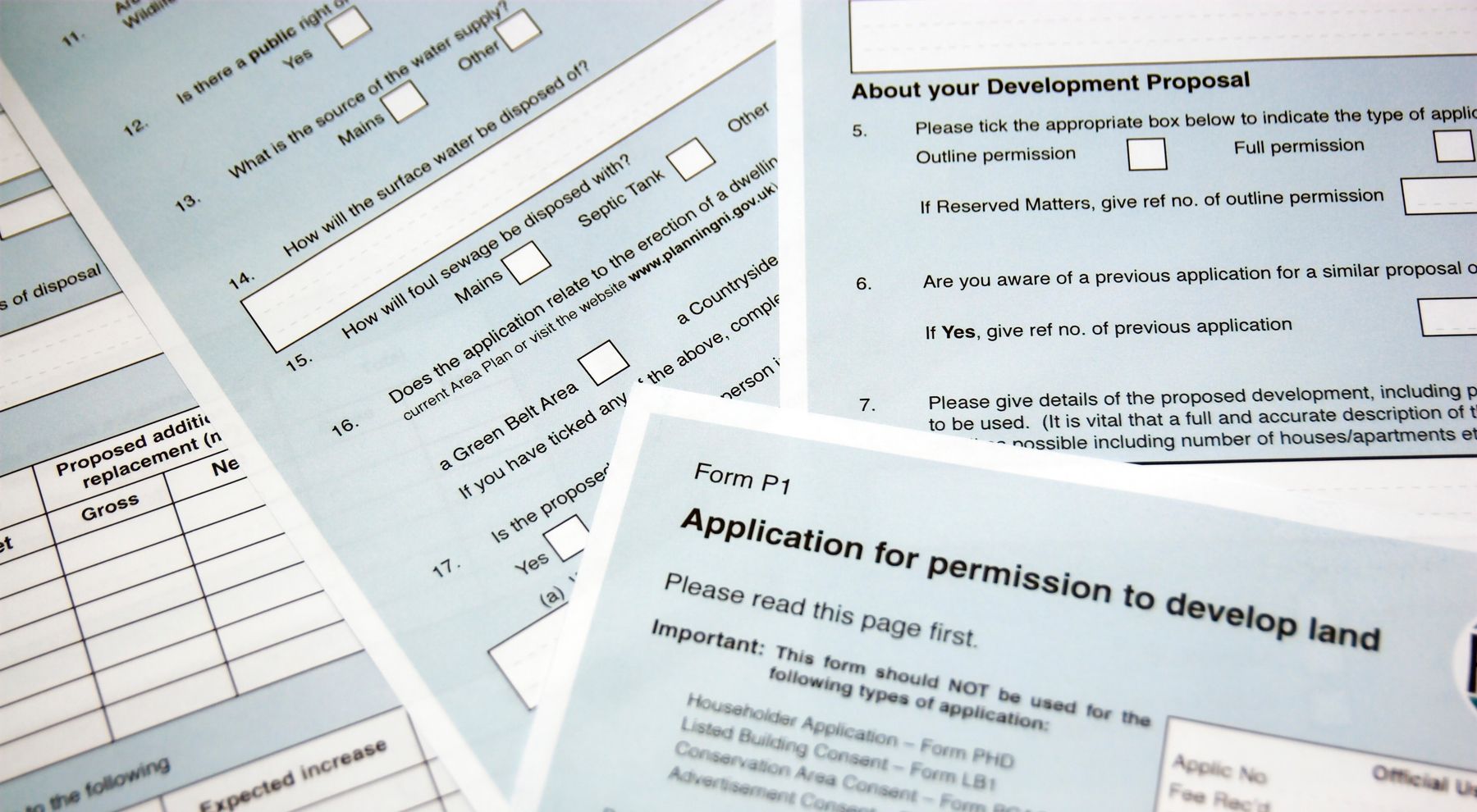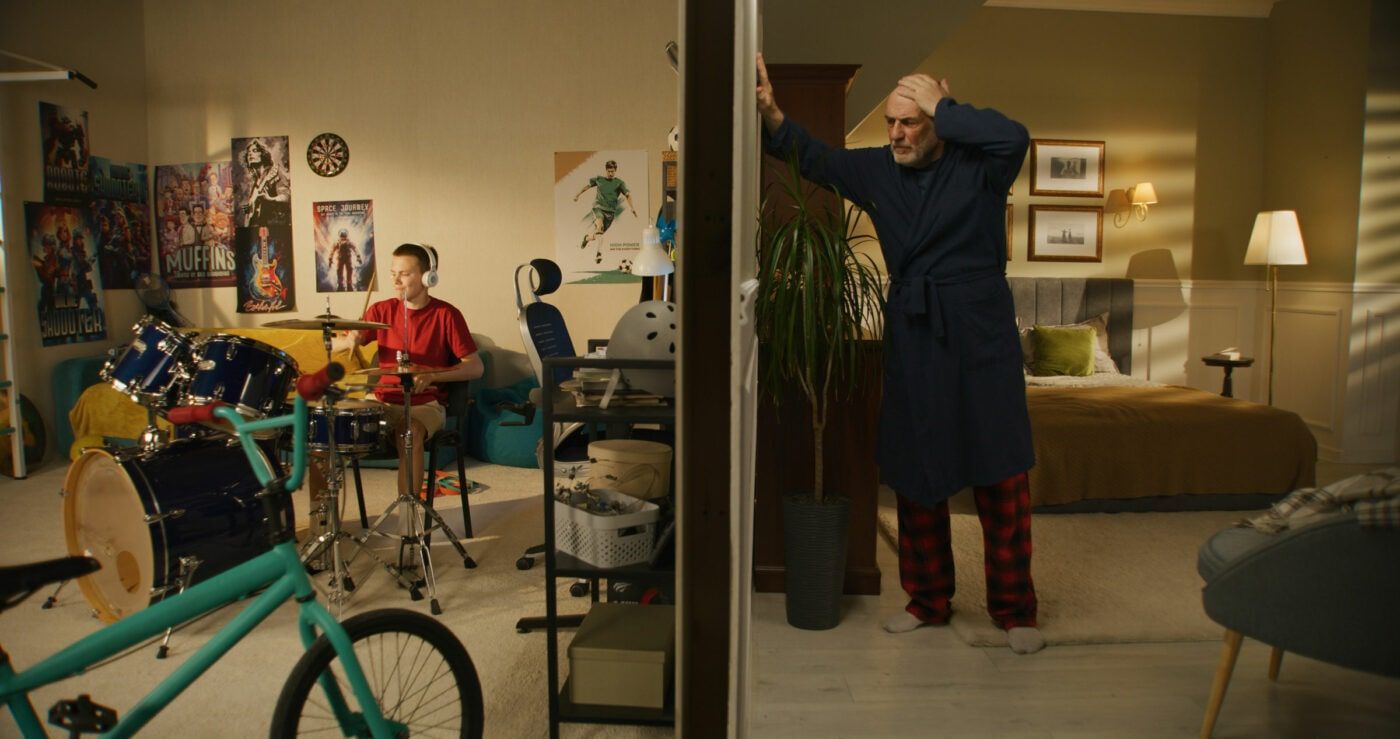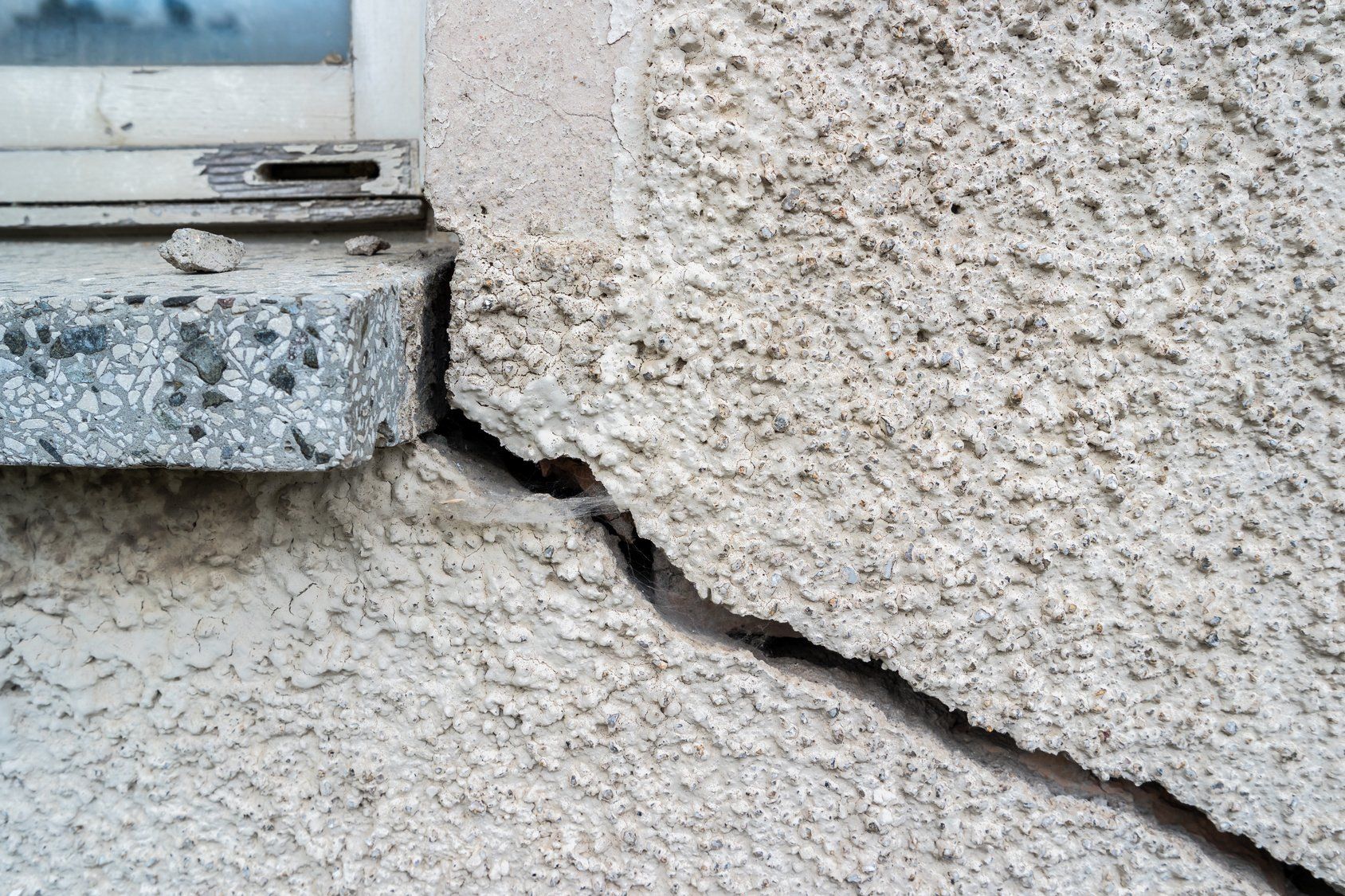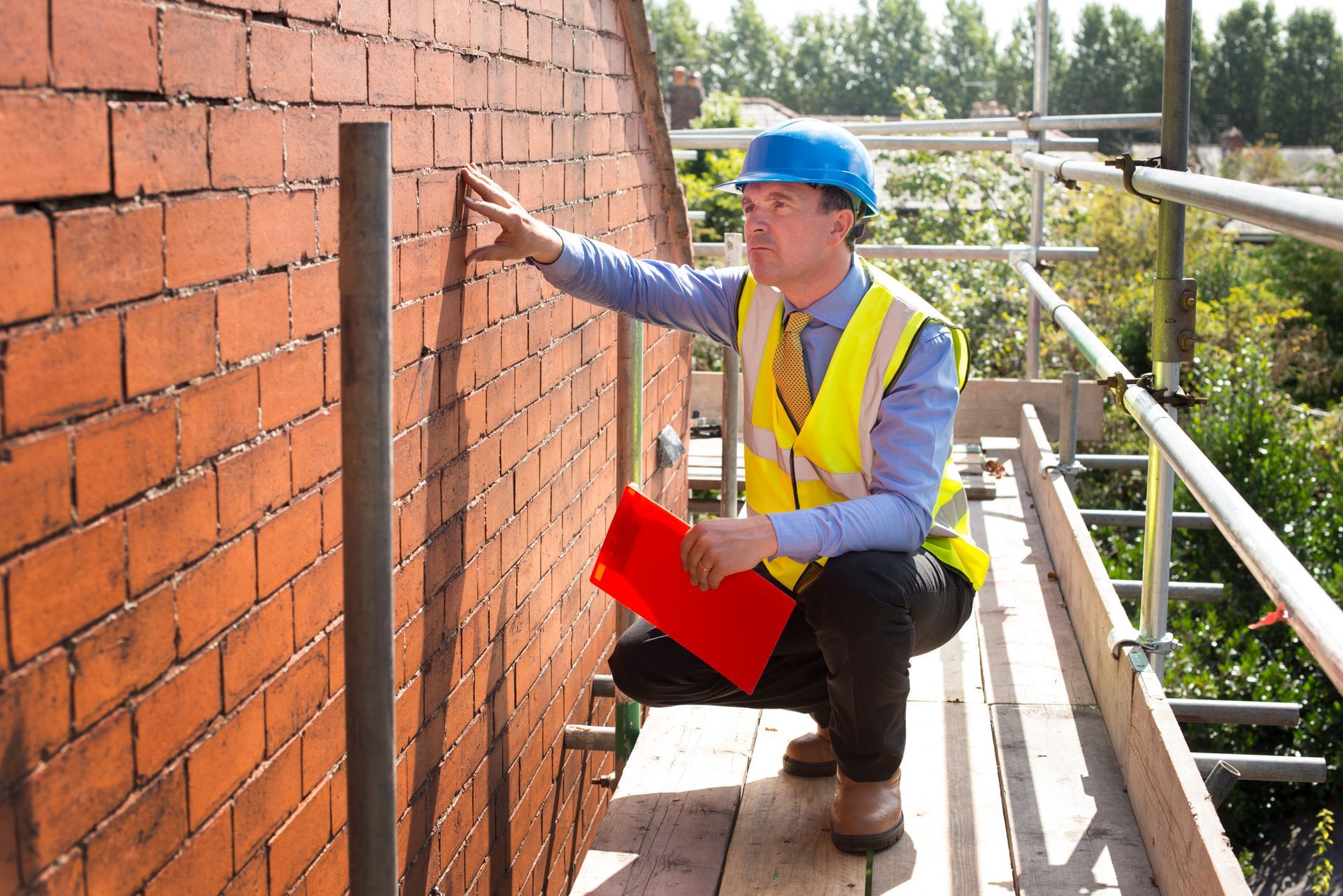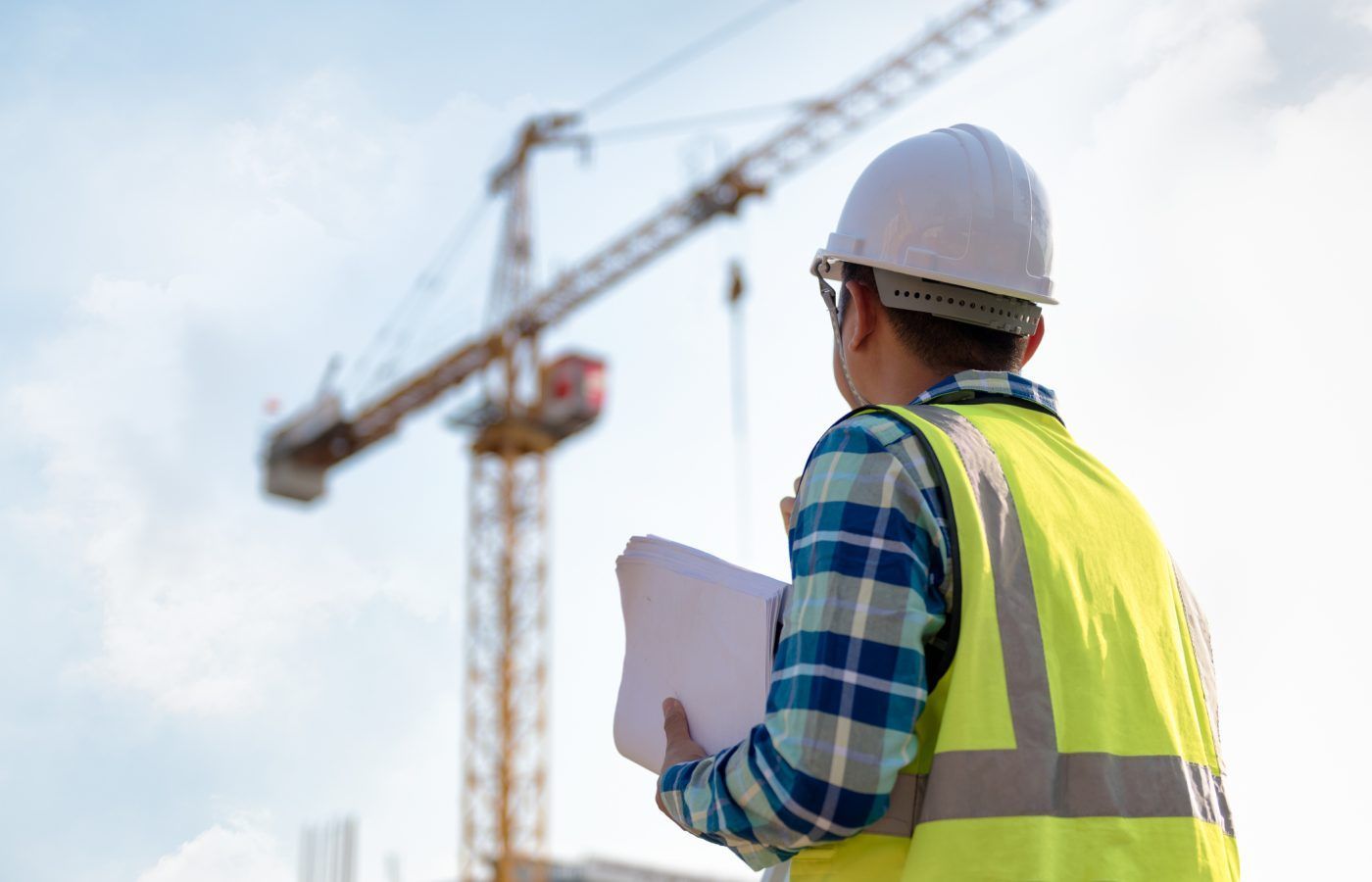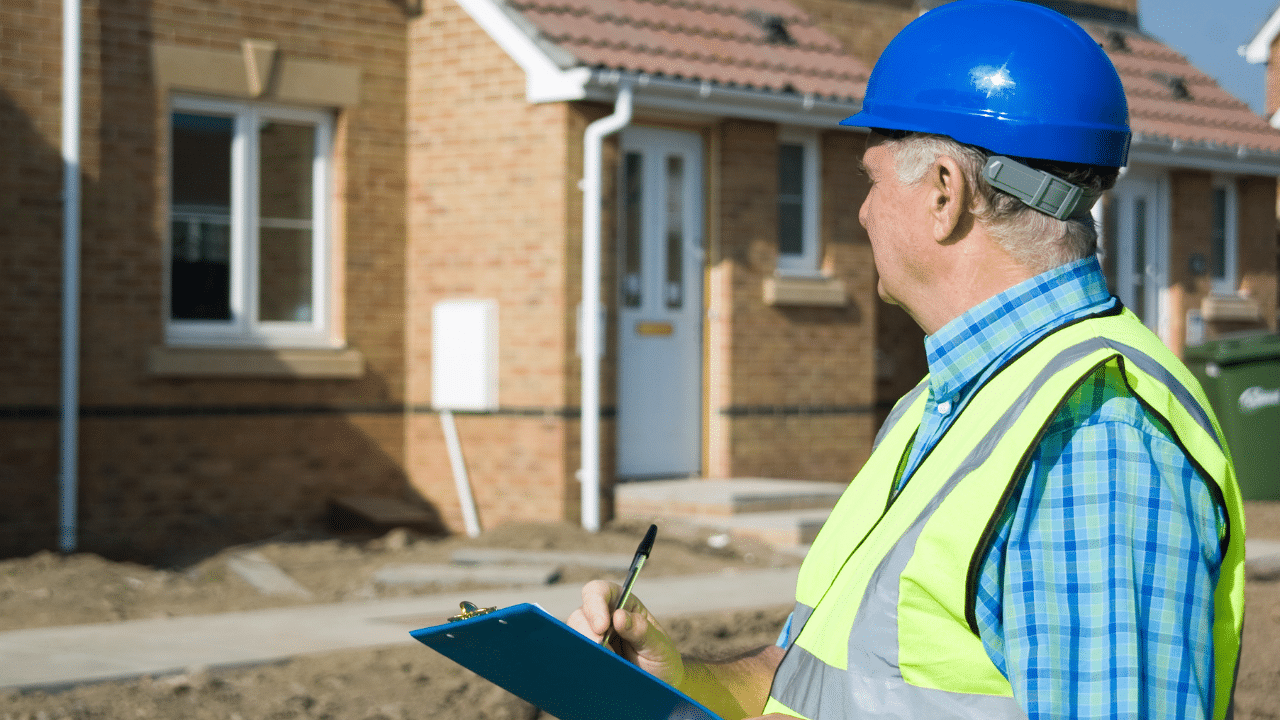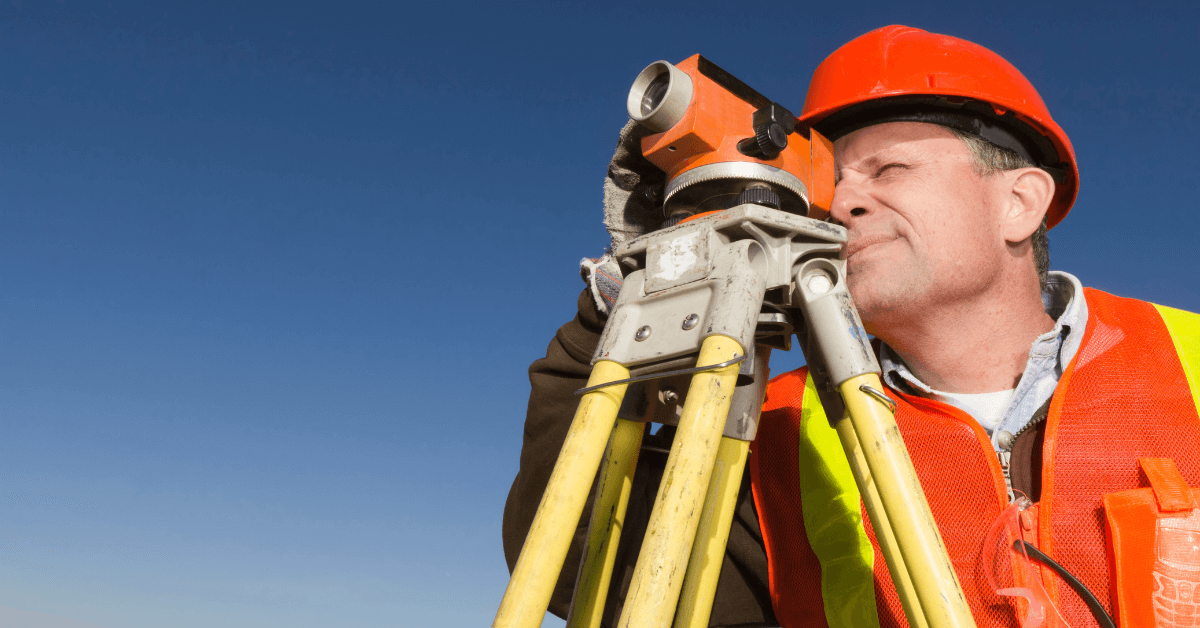Common Building Defects and How to Find Them
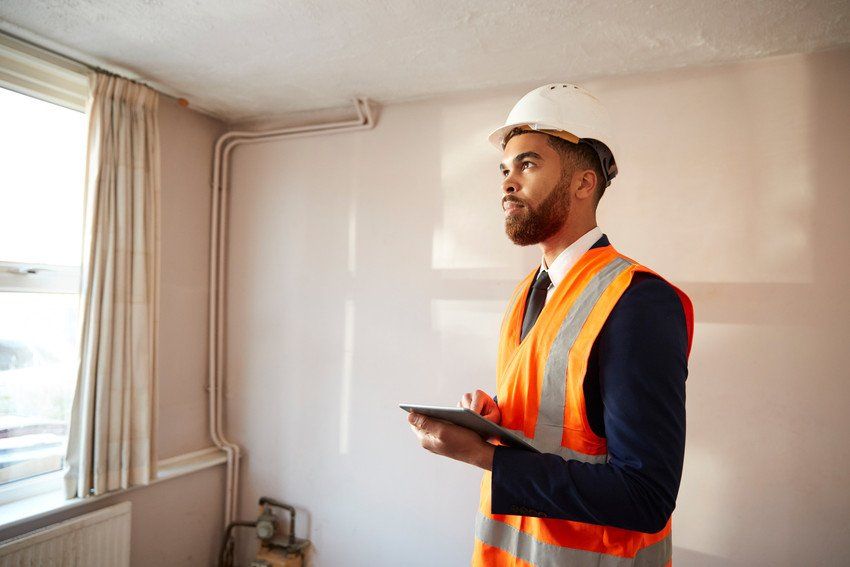
Before you buy or sell a building, you should be fully aware of any and all building defects. This means you need to do an inspection before you purchase or sell. In some cases, you may have inherited a property and need to know what issues it has. If that’s the case, then you’ll need to make sure you do a building defect diagnosis and come up with all the issues that need to be remedied.
What is a Building Defect Diagnosis?
When you need to know the condition of a building, you can hire a chartered building surveyor to go through the property and determine what issues it has. These will all be written up for you in a detailed report, which you can then use to determine whether you wish to buy the property or not.
If the building is your own, the list will give you plenty of details on what you must fix before you consider selling or using it. This type of survey is done to ensure the building is safe and secure for the next person to live or work in.
However, the defect survey will not just tell you what is wrong with the property. It will also attempt to determine the cause of the problem and suggest a way to fix it. This can be quite helpful when you’re attempting to solve the issue. If you know why there’s water damage, for example, it’s much easier to remedy the situation than if you simply find water damage and are unsure of where it’s coming from.
Common Building Defects
There are a number of building defects that appear in a large number of homes that are surveyed. You’ll want to be aware of these, as they may be a problem in your structure. These include:
Damp Penetration
Water damage is one of the main issues that is found in a home. It may be due to a wide variety of problems, including a leaking pipe inside the wall or floor, poor drainage, broken gutters, or even porous bricks or concrete. It may even be as simple as rain coming in under a window or door.
Water coming through the walls, floor, or ceiling can cause serious damage. It’s likely to ruin any plaster in the space and cause watermarks on the surfaces it affects. Any wood will be more likely to crumble and decay and it can also cause deterioration of brick structures.
As you can imagine, water damage is potentially very bad for your building, and it can be costly to repair. In many cases, the actual cause of the water is a simple repair, but the damage is has done is not.
Condensation
Perhaps the most common type of dampness in the UK is condensation damp. This affects roughly a fifth of the homes inspected and is due to condensation forming on the walls or windows and dripping down. This occurs when there’s a large amount of moisture in the air that touches a cold surface, such as a window or door and then condenses and drips.
The water damage from condensation is much like any other water damage, but it does tend to be localised to the area where the condensation formed. You’ll frequently notice mould growing on the areas below the window.
In most cases, repairing this issue simply involves reducing the amount of moisture in the home and ensuring that the windows are properly insulated. However, the water damage is the main issue and can be extremely difficult to clean up and repair.
In some cases, condensation forms inside the wall, creating what is called interstitial condensation. The danger here is that the water damage is usually inside the walls and may not be noticed until far more damage has been done. Many times, interstitial condensation goes unnoticed until you have a breakthrough of mould or water damage that comes through the wall.
Mould
Another potentially dangerous issue with many homes is mould. It tends to grow in areas that are warm and dark, as well as moist. When looking for mould, you should check in cupboards, particularly those under the sink, and in the basement. If there is any condensation in the home, the chances that you have mould are high.
Many people find that mould causes them to sneeze and cough more than usual. If you have allergies, they may be worsened by the presence of mould spores and it’s possible to make asthma worse, as well. For some, the spores may also cause respiratory infections. It can be quite dangerous to those who have weakened systems.
As soon as the surveyor finds mould, it must be dealt with, preferably by professionals. You don’t want to stir up the spores and the home must be thoroughly cleaned and disinfected. You’ll need to deal with the root cause of the problem, too, but it’s important to eliminate the mould as quickly as possible.
Sound Penetration
While sound penetration may not be as dangerous as mould or water damage, it can still be a serious problem. For most people, the noise can be difficult to sleep with and this may include a range of issues including neighbours blaring music, a factory nearby, or a train that runs past your building.
While you cannot completely eliminate sound in most cases, you can certainly reduce how much gets into your home by insulating the home well, using double glazed windows and sealing the doors. You may choose to install acoustic windows, which dampen the sound, as well.
Interior furnishings, such as heavy drapes, thick carpets, and soft furniture will also help mute the sounds that are coming in. Add plenty of insulation in the attic to prevent too much sound from getting through the roof and you will help your heating bill, too.
Subsidence and Other Movement
When the ground beneath the building settles or shifts, this can cause movement throughout the structure. It has devastating effects, including cracks up the walls and across the floors. This is a very common issue, particularly in homes with poor drainage around the home. You’ll need to keep trees away from your home and ensure that any water coming off the roof or from drainage pipes is routed away from the home to prevent the soil from becoming too saturated and causing movement.
In some cases, the foundation may be levelled out and repaired to prevent further shifting, but this isn’t always the case. There’s not much point in repairing cracks if they’re just going to get worse over time.
Distorted and Bulged Walls
If the surveyor finds walls that bulge out or are bowed, they will try to determine the cause of this issue. It may be due to excessive weight on the upper floors of the building or the walls may not be properly attached with a lateral restraint. It may be something you can fix with additional strapping and support for the walls.
The surveyor will examine the thickness of the wall, as well as how high it is and how it is built. The older the building, the less likely it is to have the proper restraints. In some cases, this is not repairable, and you may need to redo the entire wall.
Where to Find Chartered Building Surveyors
The right building surveyor will have the knowledge necessary to not only identify the problem in the building, but also to find the cause of the problem. Whether you’re trying to buy a property or just want to know what you have to add to your list of things to do with a relative’s old home, you have plenty of choices.
Ideally, you’ll want to look for a chartered building surveyor firm that offers several different surveyors. This ensures you will have someone available to you and someone with the necessary experience. The firm will check before they hire someone, and this can be a good way to get the best results from your survey.
Once you know what is wrong and why it’s happening, your next step will be making the necessary repairs. Once the building is safe, you can move on to either sell it or use it yourself.
Are you looking for a chartered building surveyor? At Simon Levy, we have the experts you need. Contact us now for an appointment.